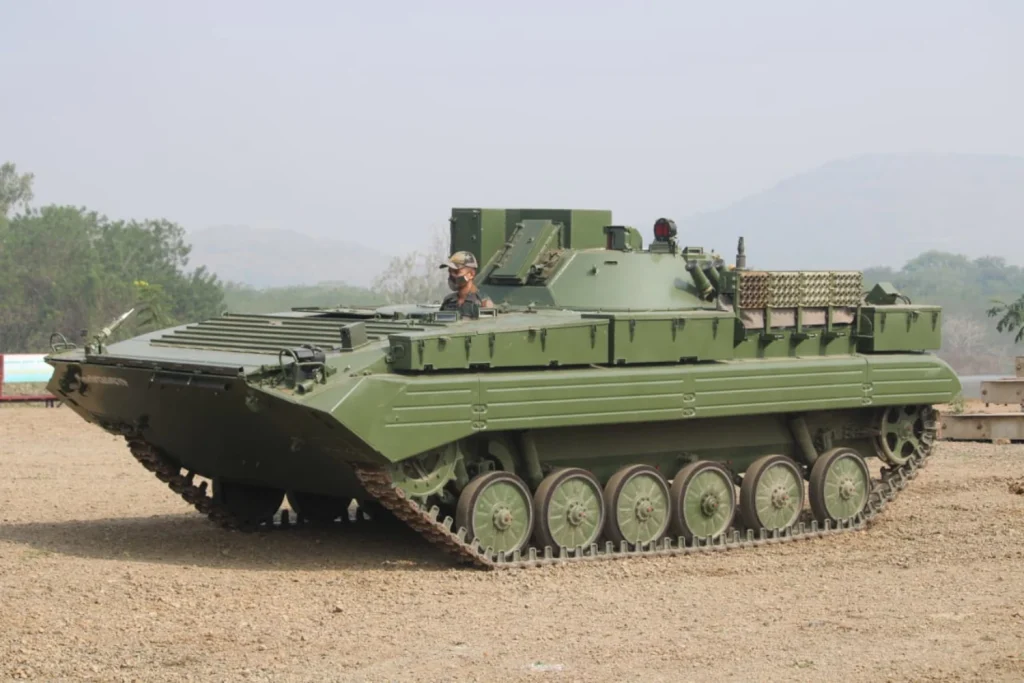The first set of indigenously developed next-generation Armoured Engineer Reconnaissance Vehicles (AERV) and other equipment into the Corps of Engineers was flagged off and inducted by the Chief of Army Staff (COAS) of the Indian Army today. This was done at the Bombay Engineering Group (BEG) in Pune.
What is an AERV?
In simple terms, the above-cited vehicle has been developed for enabling combat engineers to conduct recce operations.
The AERV was specifically designed to carry out riverbed and terrestrial surveys with an aim to facilitate the construction of assault bridges across water obstacles in both offensive and defensive operations in riverine terrain, desert and plains.

Armaments and Equipment
Although the vehicle is not equipped with any guns as such, it is generally fitted with specialized equipment which includes a GPS, laser range finder, a water current meter and an echo sounder.
Objectives of a reconnaissance vehicle
In a basic sense, the primary role of any reconnaissance vehicle is to be used in forward reconnaissance (observation of a region to locate an enemy or ascertain strategic features). In the current days, light tanks such as the AMX-13 and M551 Sheridan are also used by scout platoons. While the armaments of these vehicles range from a medium machine gun to a large cannon, with a wide range of sensors, the modern examples are often fitted with ATGMs.
In order to carry out surveys to facilitate offensive and defensive operations and facilitate the construction of assault bridges across water obstacles, the combat engineers used the vehicle.
The combat engineers use the vehicle to carry out surveys to facilitate offensive and defensive operations and facilitate the construction of assault bridges across water obstacles.
In the current times where technology and military preparedness somewhere shares a direct relation, the need to have a much agile vehicle is needed.
